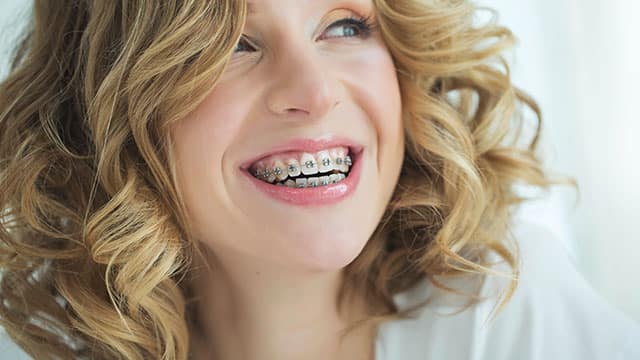What Are Retainers?
Retainers are pieces of plastic or metal that are custom-made for each person. No two retainers are the same. They’re made to match the shape of your mouth and the alignment of your teeth.
There are two general kinds of retainers:
Removable. These can be put in and taken out daily by your child. They can be wire retainers (made of wire and a plastic-like material) or clear retainers (transparent trays made of a plastic-like material).
Fixed. These are made of thin, custom-fitted wire that is bonded to the tongue-side of your child’s upper or lower teeth.
Why Do We Wear Dental Retainers?
So, what are retainers for? Your child might need a retainer for multiple reasons. Retainers are most commonly needed after braces come off so that the bone that holds the teeth can rebuild after the teeth have moved. Retainers also help to maintain the new positions of teeth after active orthodontic treatment has been completed.
In some other cases, your child’s orthodontist may recommend a retainer to move a single tooth or to close a space between two teeth. In these cases, braces aren’t typically needed, and your child may need to wear a retainer for several years to get the job done.
Retainers are useful for reasons other than shifting teeth. Some kids have a tongue thrust (a condition where the tongue slides through the teeth when you talk). Some retainers can be specially designed to train your tongue not to move forward when you speak.
Retainers can also keep children with temporomandibular disorder (TMD), resulting from bruxism (grinding of the teeth). Retainers can help by preventing your child’s jaw from closing completely at night so that they won’t grind their teeth.
How to Get Your Child in the Habit of Wearing a Retainer
When your child first starts wearing their retainer, their teeth might feel sore for a few days. While this is completely natural, it might make them not want to wear their retainer. Getting your child to wear it can be a challenge, but here are some ways you can make it fun and easy for the entire family:
- Customize the retainer by having a picture of your child’s favorite TV or book character be part of it. This might make your child more excited about putting the retainer on every night.
- Be patient, and don’t tire of reminding your child to wear the retainer. It can take a while for this new habit to form.
- Encourage your child by rewarding them for wearing their retainer, especially in the first few weeks.
- Write a note and put it in your child’s retainer case. This could be a fun surprise for your child to find when they open the case.
It can definitely be tricky to convince your child to wear their retainer every day for long periods. But helping them understand what retainers are used for and reminding them to put their retainer on when they forget can go a long way. Hopefully, wearing a retainer will become a habit that will stay with your child for life – just like having a beautiful smile!
This article is intended to promote understanding of and knowledge about general oral health topics. It is not intended to be a substitute for professional advice, diagnosis or treatment. Always seek the advice of your dentist or other qualified healthcare provider with any questions you may have regarding a medical condition or treatment.
ORAL HEALTH QUIZ
What's behind your smile?
Take our Oral Health assessment to get the most from your oral care routine
ORAL HEALTH QUIZ
What's behind your smile?
Take our Oral Health assessment to get the most from your oral care routine















